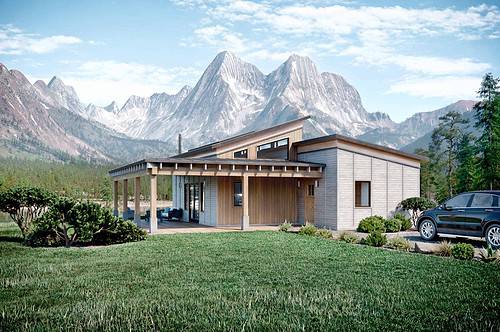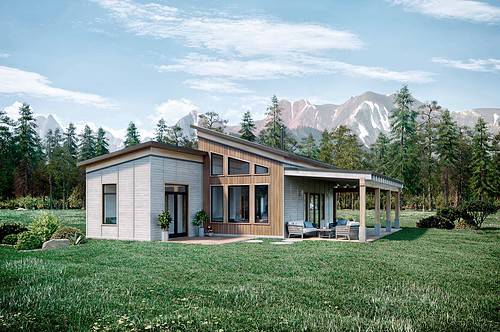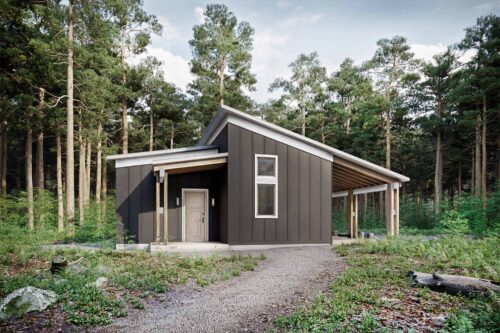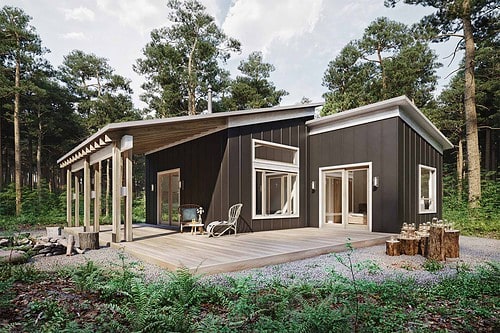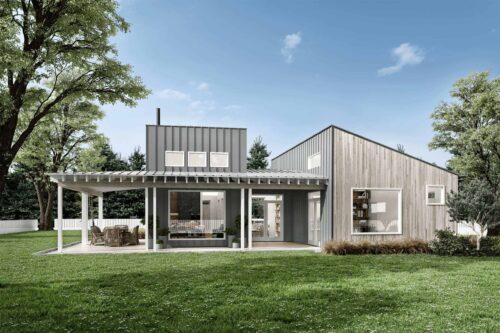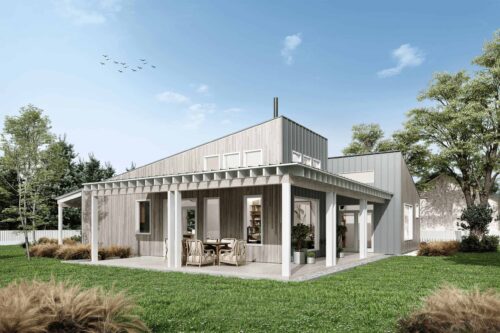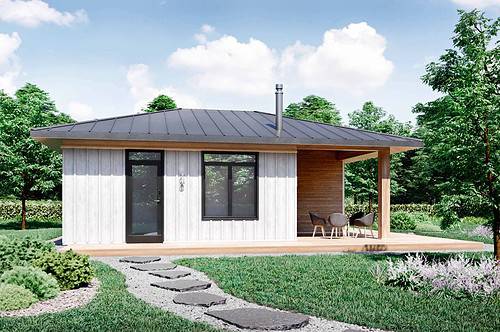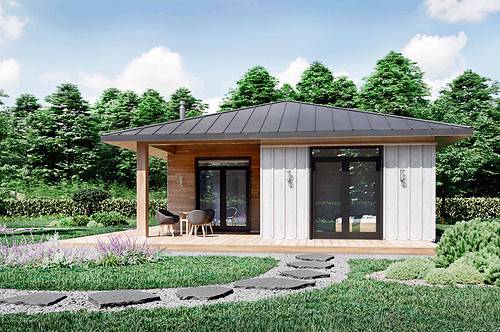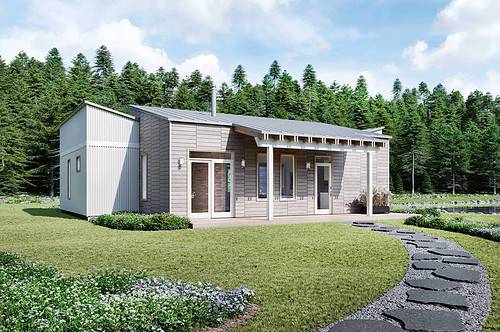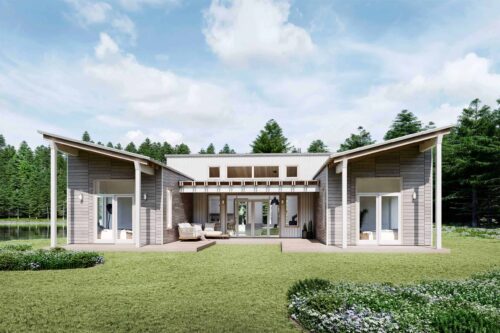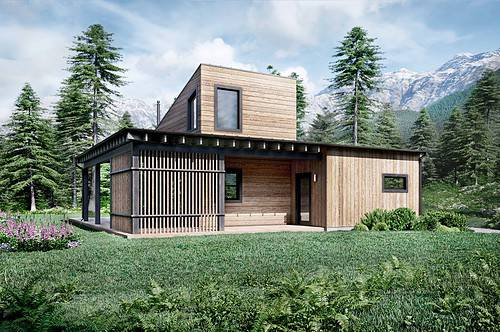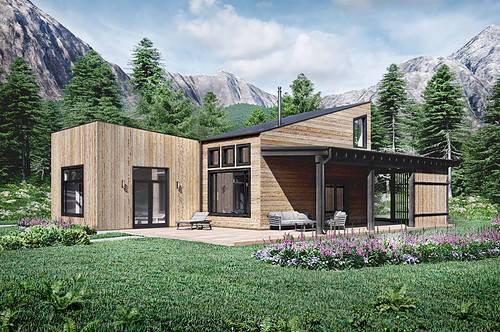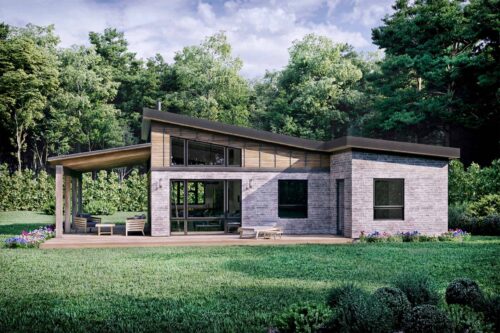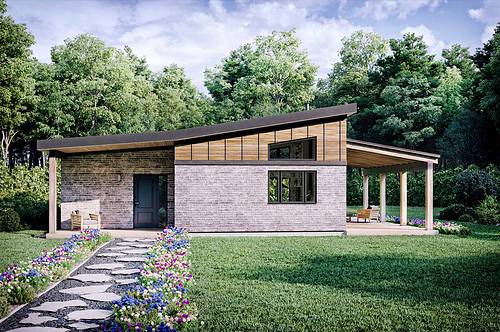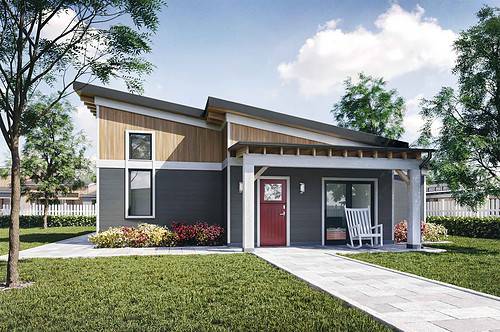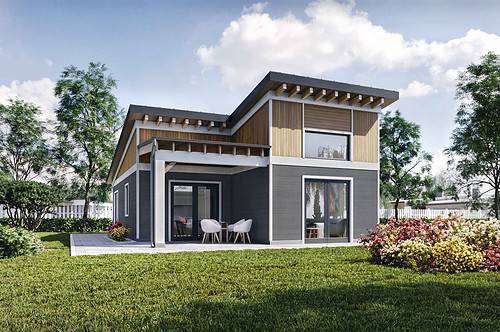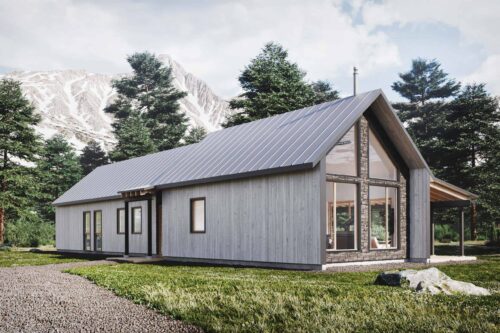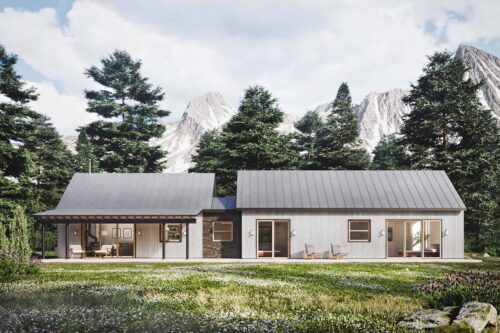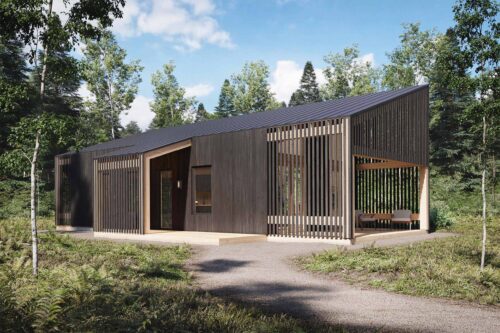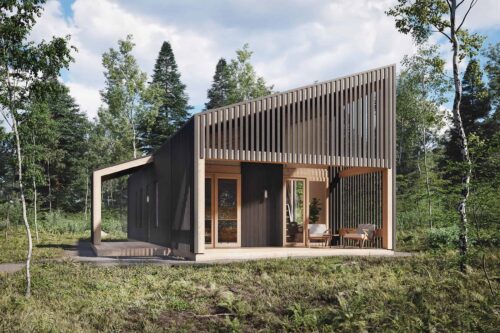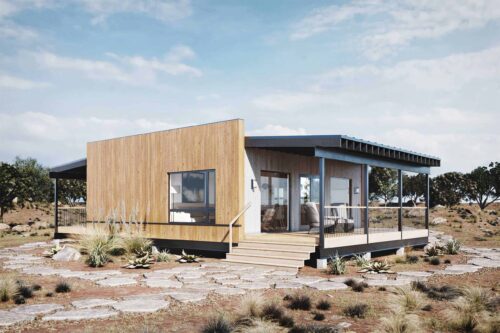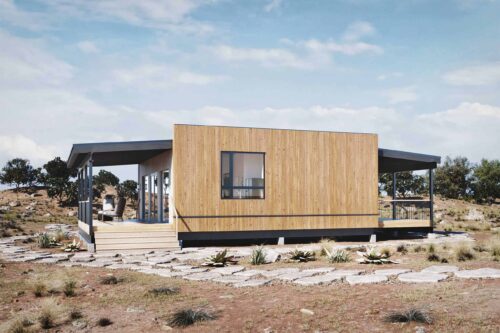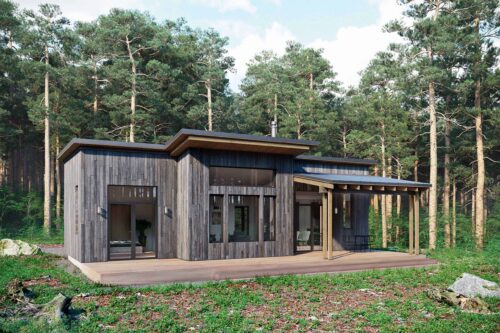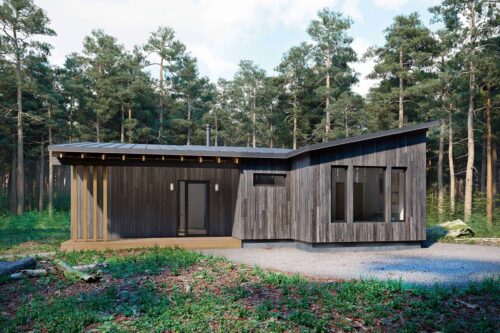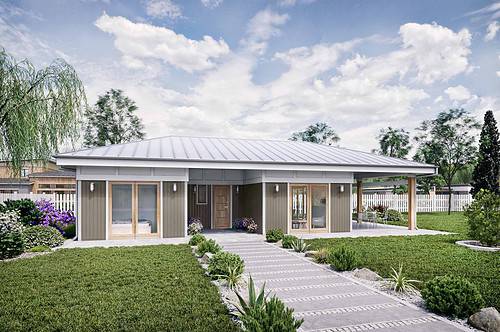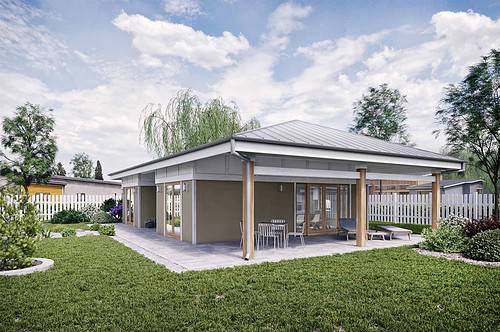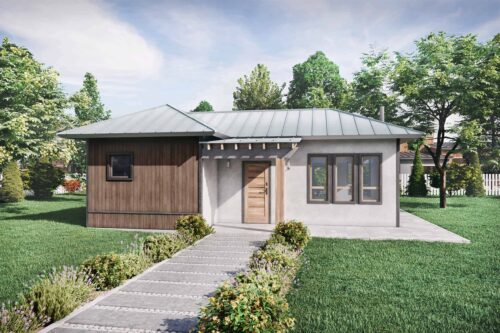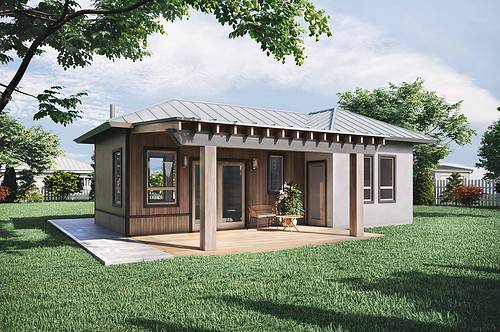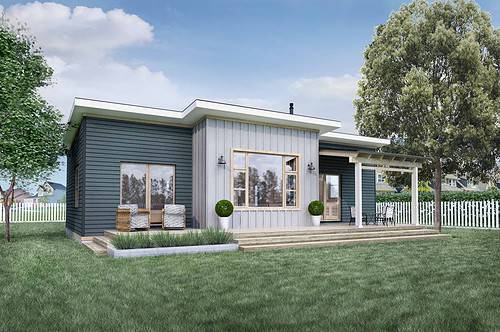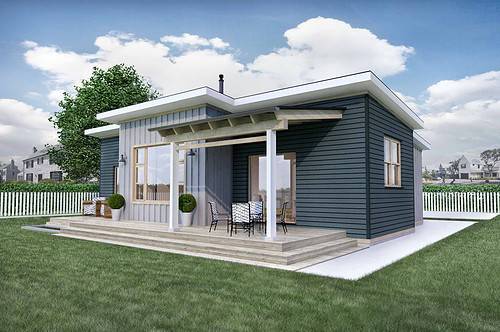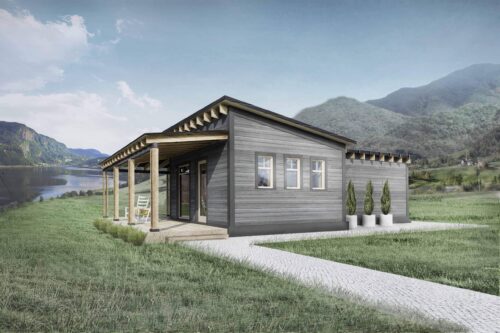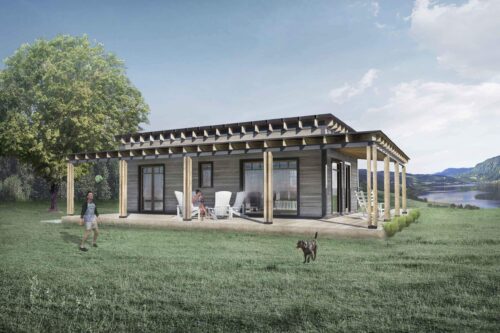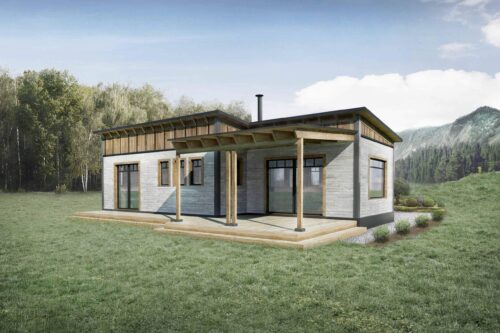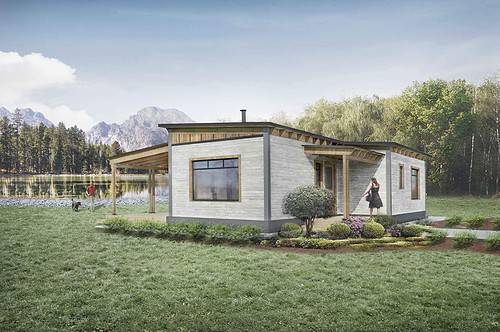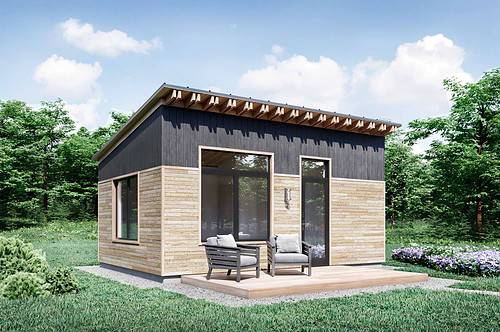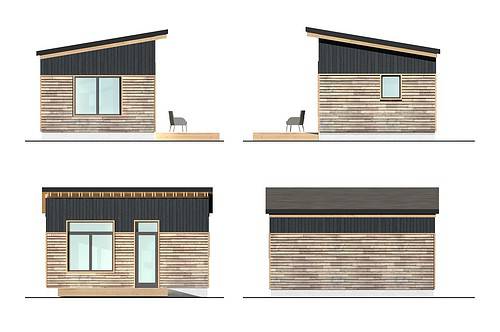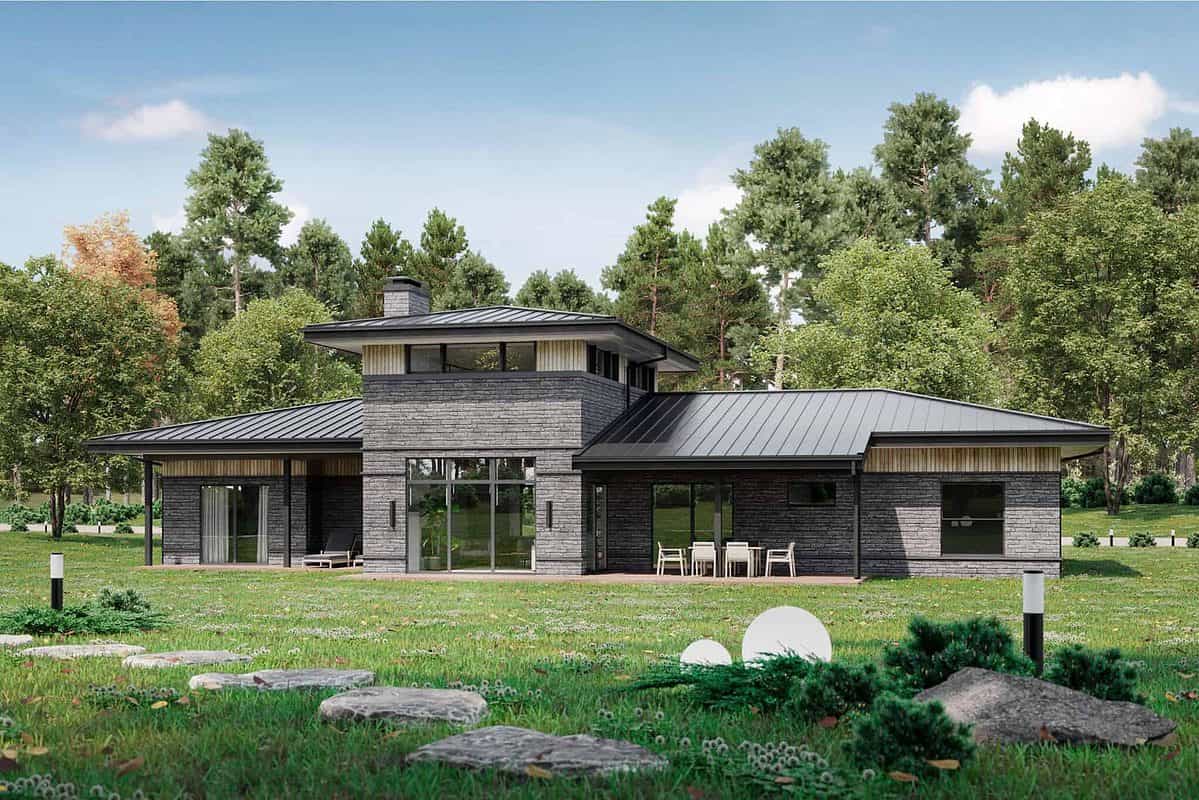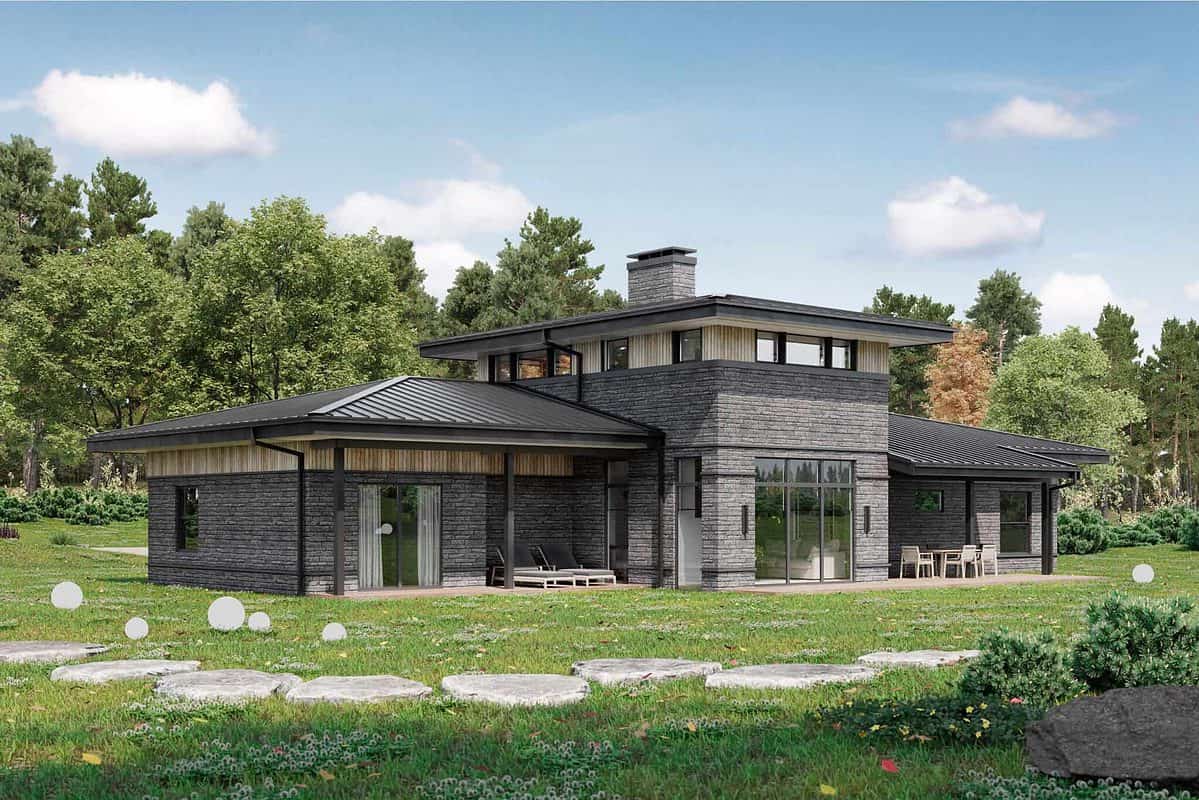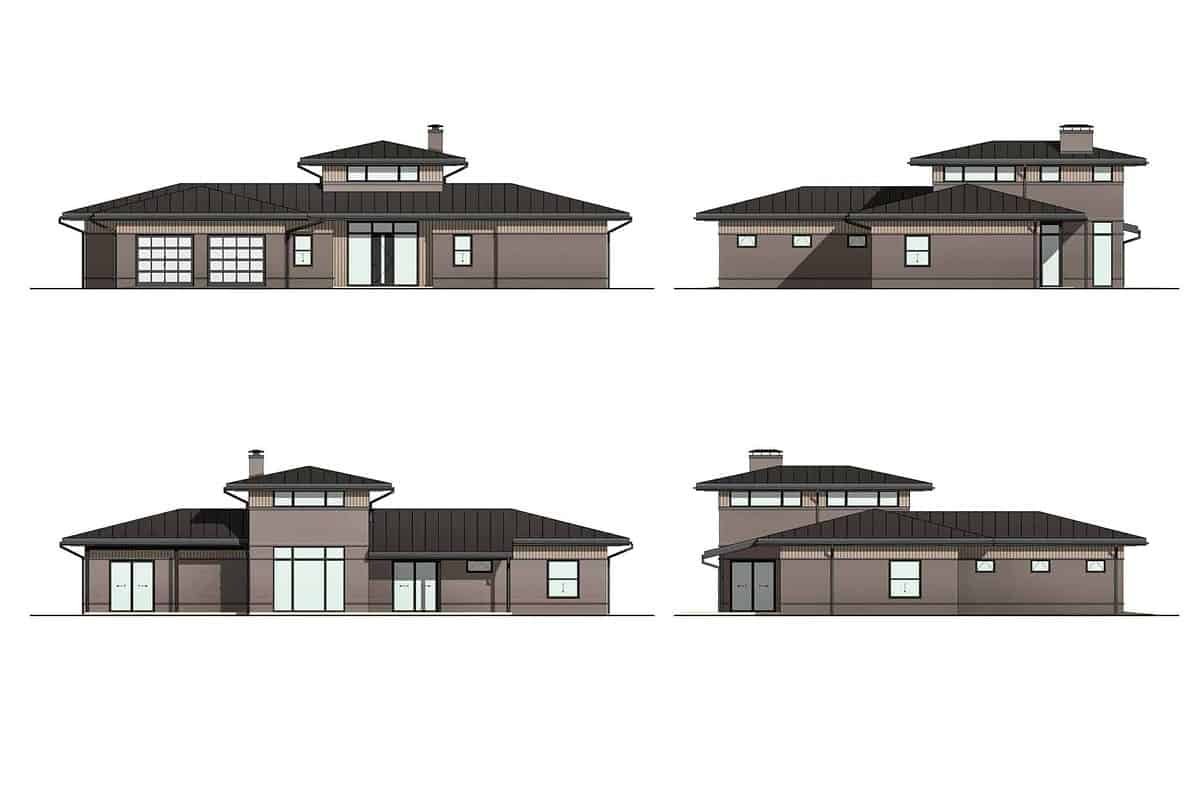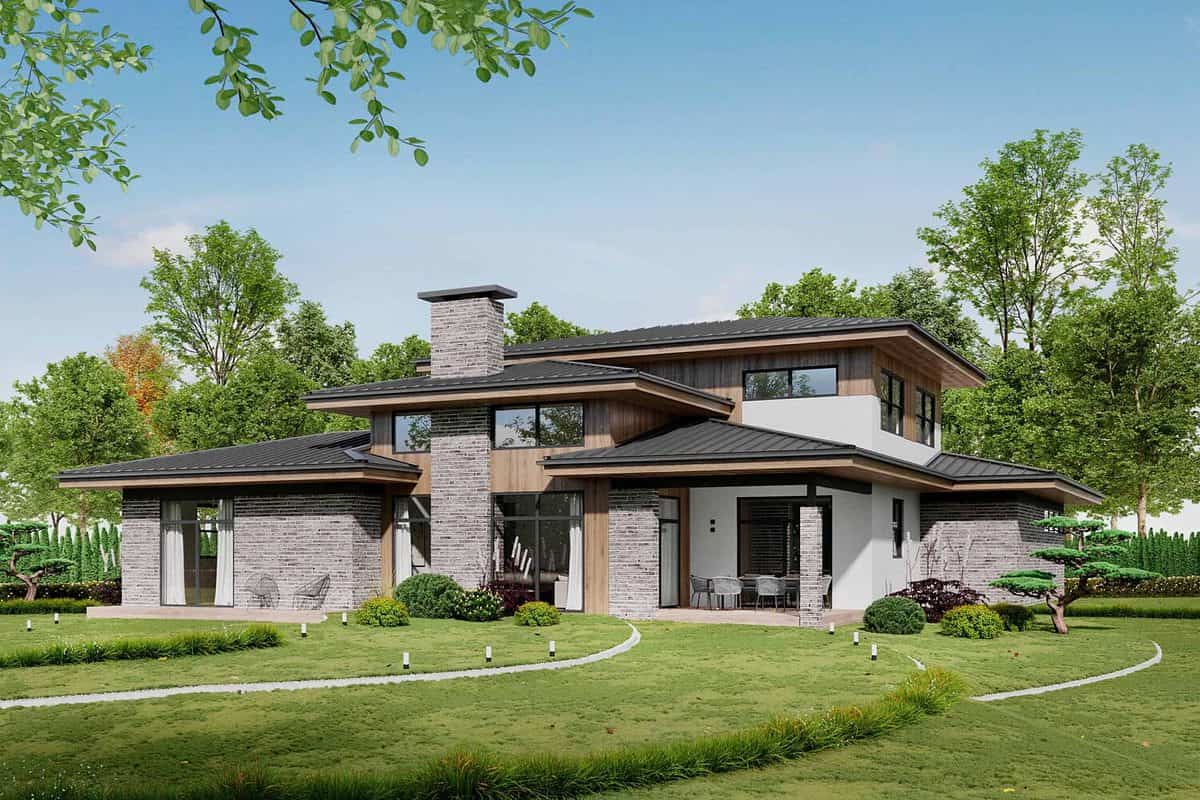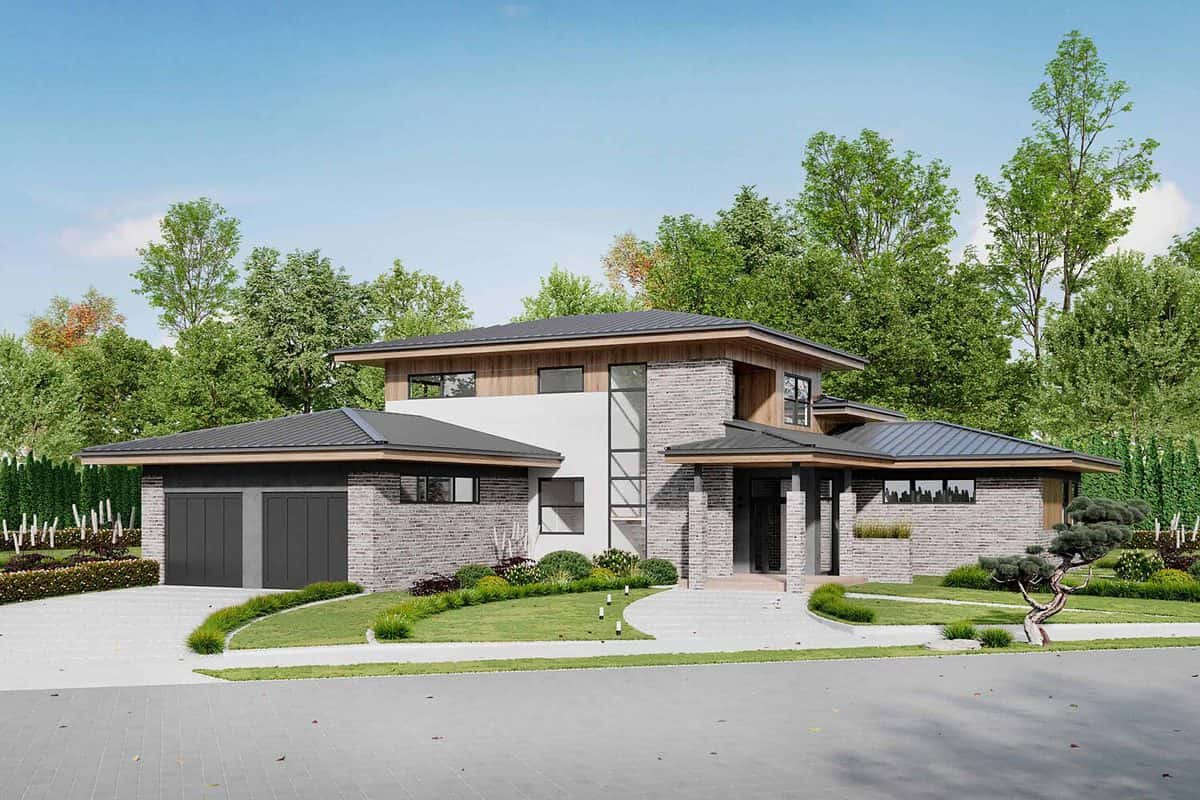No products in the cart.
The Evolution of Prairie Style Homes
This is a brief discussion of how the prairie style has evolved over time, including the incorporation of modern elements and materials that have resulted in the modern prairie style home.
Prairie style homes have evolved over time, with various adaptations and updates being made to the original design principles. While the basic characteristics of prairie style homes have remained largely unchanged, there have been a number of changes and additions that have helped to modernize the style and make it more relevant for contemporary living.
One significant change that has occurred in the evolution of prairie style homes is the incorporation of modern materials and technologies. While early prairie style homes were built using traditional materials such as brick, wood, and stone, a modern prairie style home will make use of newer materials such as concrete, glass, and metal. These materials can help to create a more sleek and modern look, while still retaining the key elements of the prairie style.
Another way that prairie style homes have evolved is through the incorporation of more open and flexible floor plans. Early prairie style homes often had more compartmentalized and closed-off floor plans, with separate rooms for different functions. However, modern prairie style homes often have more open and flexible floor plans, with an emphasis on flow and connectivity between different spaces. This can help to create a more cohesive and welcoming atmosphere, and it allows for greater flexibility in terms of how the space is used.
In addition to these changes, prairie house plans have also evolved to include more energy-efficient and sustainable innovations. Many modern prairie style homes make use of passive solar design principles, such as the use of large windows and overhangs to allow for natural heating and cooling. They may also incorporate features such as solar panels, rainwater harvesting systems, and other technologies to reduce their environmental impact.
Overall, the evolution of prairie style homes has seen the incorporation of modern elements and materials, as well as a focus on sustainability and flexibility. These changes have helped to keep the style relevant and appealing to contemporary homeowners, while still maintaining the key characteristics and principles of the original prairie style.
The Appeal of the Modern Prairie Style Home
We will now quickly look at why modern prairie style homes continue to be popular, including their aesthetic appeal and their focus on sustainability and connection to the outdoors
The modern prairie style home continues to be popular for a number of reasons, including their aesthetic appeal, sustainability, and connection to the outdoors.
One of the main reasons that modern prairie style homes are so appealing is their aesthetic appeal. The low-pitched roofs, horizontal lines, and natural materials used in prairie house plans create a unique and visually striking appearance that is often admired by homeowners and architects alike. Prairie style homes also tend to be spacious and open, with large windows and high ceilings, which can make them feel bright, airy, and welcoming.
Another reason that modern prairie style homes are popular is their focus on sustainability and connection to the environment. As mentioned earlier, prairie style homes often incorporate passive solar design principles and other sustainability features such as solar panels and rainwater harvesting systems.
They also tend to have a strong connection to the outdoors, with large windows, outdoor living spaces, and gardens that help to bring the outside in. This focus on sustainability and connection to nature is particularly appealing to homeowners who are looking for a home that is both environmentally friendly and provides a sense of connection to the natural world.
Finally, modern prairie style homes are popular because they offer a sense of timelessness and durability. The clean lines and simple, functional designs make them suitable for a wide range of architectural contexts, and they are often able to stand the test of time. This makes them a good investment for homeowners who are looking for a home that will retain its value and appeal over the long term.



